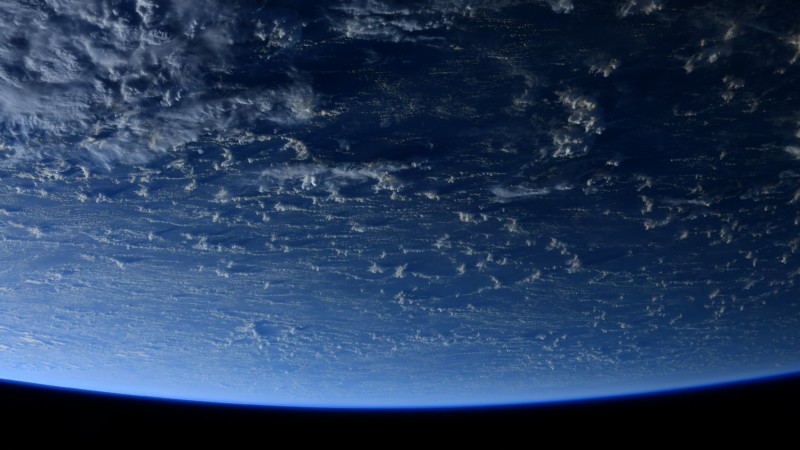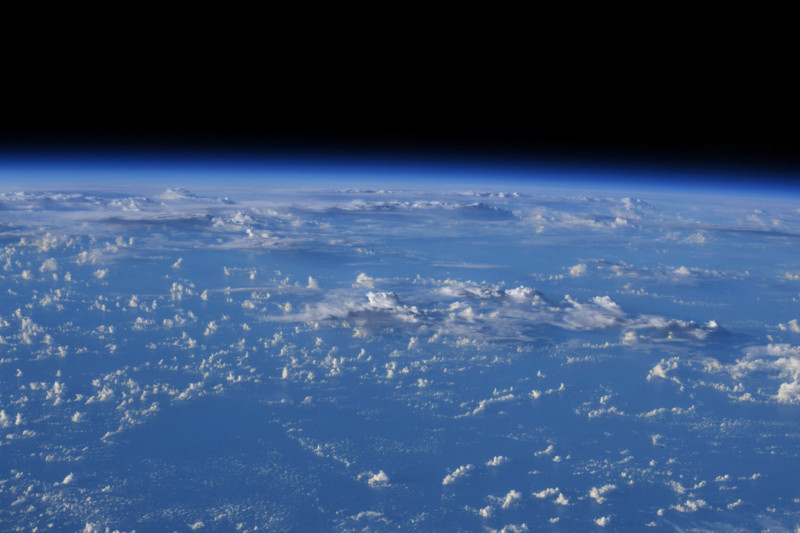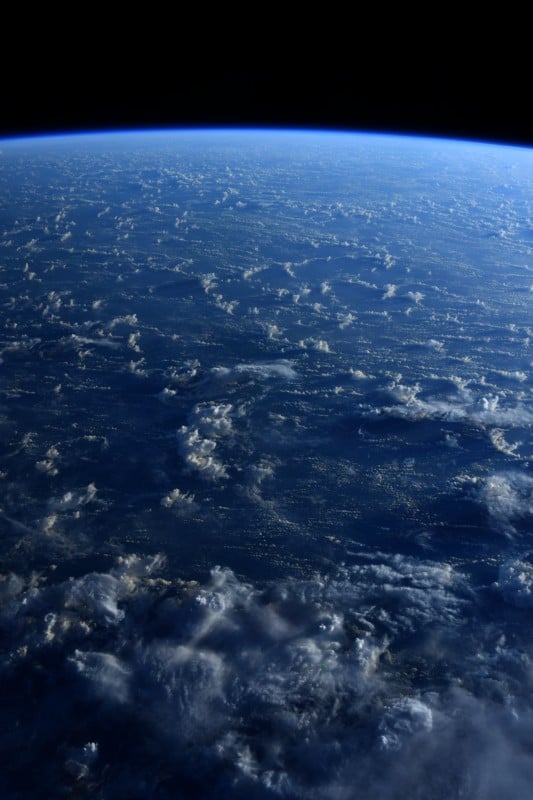
European Space Agency astronaut Thomas Pesquet recently published a set of images from the International Space Station of Earth that show only water and clouds, which makes the planet look very different than it is normally seen.
Thomas Gautier Pesquet is a French aerospace engineer and took part in the European Space Agency’s Expedition 50 and 51. He recently returned to the ISS for a six month stay via the SpaceX Crew Dragon.
? Our blue marble. Sometimes, there’s just no land in sight, even from our 400 km crow’s nest. I think of all the sailors and explorers who traveled the world on solitary expeditions ⛵️ #MissionAlpha pic.twitter.com/sQ0F33DEZm
— Thomas Pesquet (@Thom_astro) May 26, 2021
Pesquet recently shared a set of three images of Earth that he took from what he refers to as “the crow’s nest” of the International Space Station, but is very likely the Cupola Observation Module.
The cupola is a small module designed for the observation of operations outside the station such as robotic activities, the approach of vehicles, and spacewalks. Its six side windows and a direct nadir viewing window provide spectacular views of Earth and celestial objects. The windows are equipped with shutters to protect them from contamination and collisions with orbital debris or micrometeorites. The cupola house the robotic workstation that controls the Canadarm2.
As noted by Digital Trends, Pesquet’s reference to Earth as a “blue marble” is likely in reference to the famous image of Earth taken by the Apollo 17 crew in 1972.
Astronauts on the ISS have some of the best views of Earth and the individual members, who are regularly rotating, have uploaded thousands of images over the years. Last year, NASA paid homage to its favorites in its top 20 photos of Earth taken from the space station.

What makes Pesquet’s photos unique amongst the vast number that have been shared over the years is that this group of three shows no land at all. Considering that the Earth is made up of 70% water, it does at first seem strange that photos with this perspective are rare. However, the focus on land for most of those who photograph the planet from space is likely because humans spend very little time on the vast openness of the sea, which makes it usually less interesting for the average photographer or even viewer.

But Pesquet’s images are so jarringly unusual that they look like a completely different world, or perhaps the one from the 1995 action science-fiction movie starting Kevin Costner.
The scientists and astronauts have a wide range of top-of-the-line cameras and lenses available to them, but the best photos always require the best photographic eye, which Pesquet clearly possesses.
Image credits: Photos by Thomas Pesquet / ESA
Author: Jaron Schneider
Source: Petapixel



